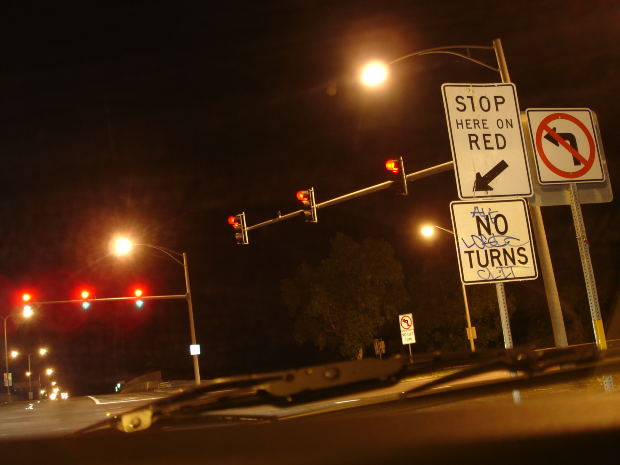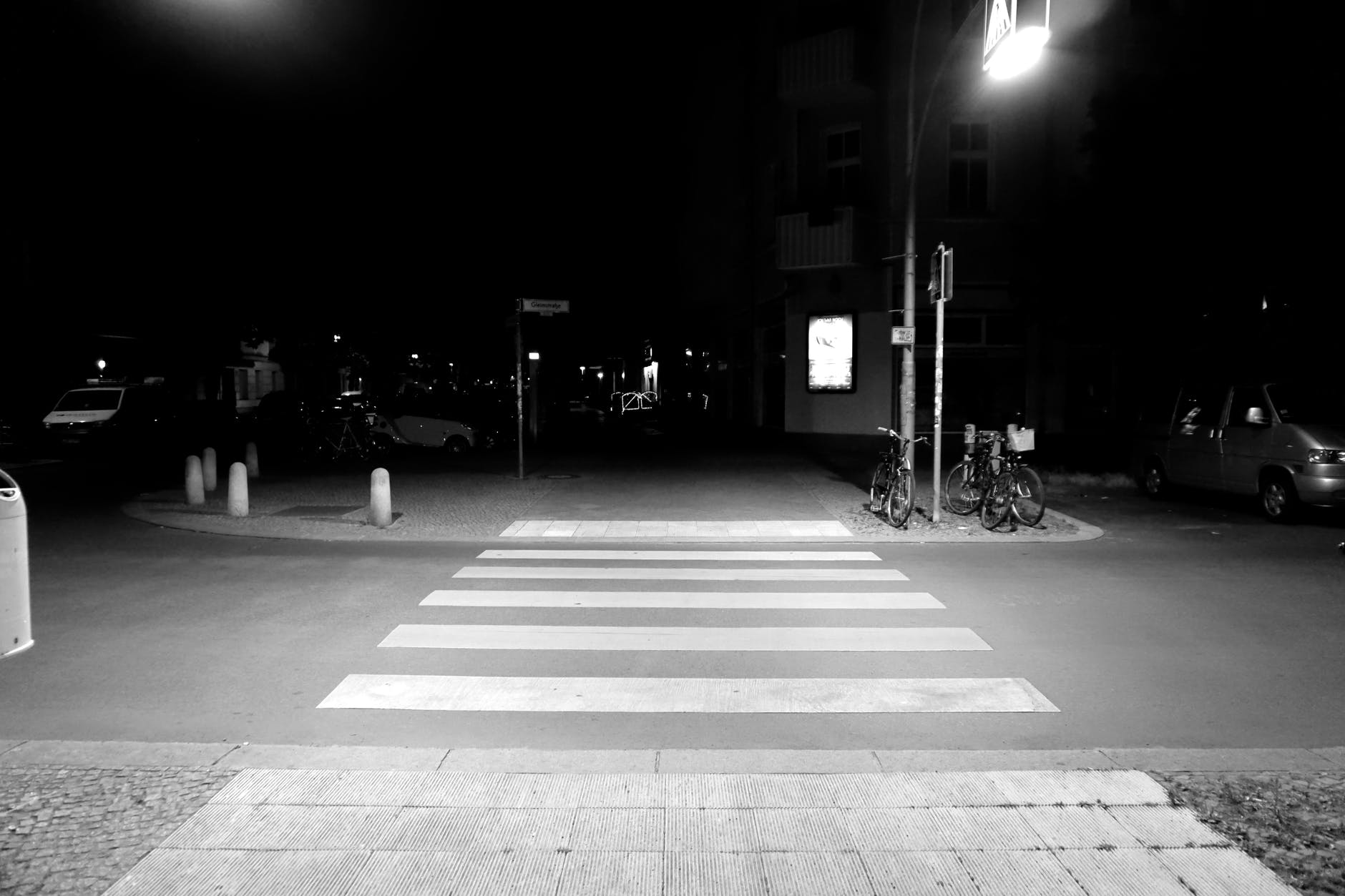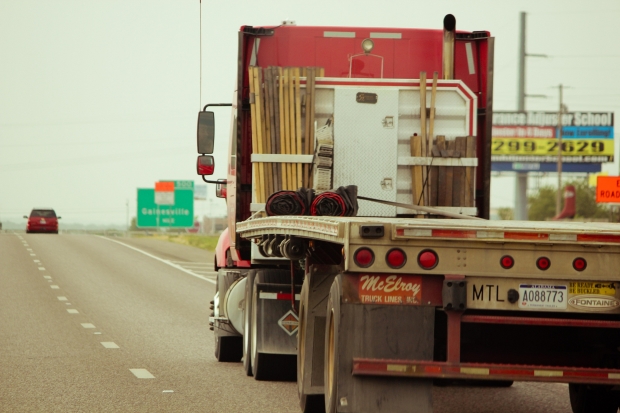The holidays are a time to spend with family and loved ones and celebrate the season. People especially look forward to New Year’s Eve and the chance to start all over again with a clean slate. But sadly, for far too many people, New Year’s is a time of endings. That’s because there is a…
Continue reading ›Broward Injury Lawyer Blog
It was supposed to be one of those memorable nights you look back on fondly with friends years later. Instead, it was the last night of Mason Zisette’s life. The 16-year-old was killed while on a double-decker, open air tour bus in California in the summer of 2014. He was aboard celebrating the 16th birthday…
Continue reading ›People shopping for the holidays – or really any time – have an expectation that they’ll be reasonably safe when they go to the store. That means the boxes will be safely stacked, spills will be cleaned up and the walkways cleared of debris or other hazards. It also means that businesses take care to…
Continue reading ›A motorcycle accident effectively ended the football career of a UCLA offensive lineman seven years ago in California. Amir Ekbatani’s leg was severed when a taxi van driver who failed to yield the right-of-way while making a left turn. The impact of the collision severed the football player’s left leg. He would undergo a total…
Continue reading ›The central question in a Florida injury lawsuit is whether a plaintiff’s paralyzing spinal cord injuries in June 2012 were the result of medical negligence or the crash for which she was being treated. The case is Silkworth v. Boca Raton Regional Hospital. The South Florida woman alleges her injuries were caused by failure of…
Continue reading ›Traffic engineers have decided that despite a fatal crash in late September, a Delray Beach intersection won’t be getting a new traffic light after all. However, engineers did recommend moving forward with a number of improvements that were already planned. The Sun Sentinel reports the crossing at Federal Highway and Northeast First Street will be…
Continue reading ›A Florida man alleges he suffered permanent personal injury in a pedestrian accident he says occurred when two police officers left him intoxicated by the side of U.S. 98 North last summer. The 29-year-old says he’ll never walk again without assistance, and is seeking to collect damages from the department that employed the officers, as…
Continue reading ›A horrific school bus crash in Tennessee made international headlines when the driver, ferrying 37 children, strayed from the route and crashed, leaving six children dead and dozens injured. Questions have been raised as to whether the 24-year-old driver intentionally crashed the bus and whether the district should have been aware that he was a…
Continue reading ›There are approximately 4,000 large truck and bus crashes annually in the U.S., with most resulting in at least one serious injury or death. These vehicles are prevalent on our nation’s highways, where they cause significant wear-and-tear on the roads. Poor road conditions contribute to about half of all fatal crashes in the U.S., according…
Continue reading ›Another Florida appellate court has struck down a state law that restricts the amount of money that can be awarded for pain-and-suffering in a medical malpractice lawsuit that results in injury. The Florida Supreme Court had already declared that medical malpractice damage caps on such cases resulting in death were not constitutional. However, the question…
Continue reading ›






















